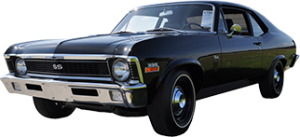 There’s no denying that a car is a good investment. If you have a car you can go anywhere you please. It is also helpful for your daily transportation to the office or if you have kids to drive to school. Though it’s easy to look for brand-new vehicle nowadays, some might find it more practical to buy used cars. They’re more affordable, and there are numerous options available in car dealerships. However, if you are a buyer beware and choose wisely. Buying a used car isn’t as easy as going to a dealership and choosing the coolest and shiniest vehicle, though. Given that these cars were previously used and have been driven to places near and far, there are some things that you need to check before buying a used car.
There’s no denying that a car is a good investment. If you have a car you can go anywhere you please. It is also helpful for your daily transportation to the office or if you have kids to drive to school. Though it’s easy to look for brand-new vehicle nowadays, some might find it more practical to buy used cars. They’re more affordable, and there are numerous options available in car dealerships. However, if you are a buyer beware and choose wisely. Buying a used car isn’t as easy as going to a dealership and choosing the coolest and shiniest vehicle, though. Given that these cars were previously used and have been driven to places near and far, there are some things that you need to check before buying a used car.
Read on and find out more about what you should do before buying a used car. With this checklist, we are confident that you will choose the perfect car.
1. Inspect the car
It is important that you inspect the car’s ins and outs first before doing a test drive. This will allow you to spot problems early on, thus saving you from headaches and expenses in the long run. Just don’t forget to take your time when inspecting. You might miss a red flag if you do it too quickly.
Here are some of the things you should do when checking a used car:
- Since this car is secondhand, there will definitely be blemishes on its exterior. Still, keep a sharp eye as you walk around it. Watch out for prominent scratches, huge patches of rust, and glaring paint chips. Also, the paint condition should be even on everybody panel. Waviness on the body panel indicates a past paintjob.

- Some used cars might have been involved in accidents before which led to dents. In such cases, these dents may have been fixed using body filler. A great way to find out if a car has filler is by running a magnet all over it. If there’s a spot where the magnet is weak or doesn’t stick, then there’s body filler underneath it.
- Slowly open and close each door. Do this several times, especially if something doesn’t feel right. There might be loose hinges or damaged rubber seals. Don’t forget to check the trunk!
- Keep your eyes peeled for cracks or dents on the glass. Be very critical when inspecting the windshield for cracks. When left unchecked, these damages can be worsened by weather and temperature.
- Run a hand across the tires to feel if there’s uneven wear, as this is a sign of worn suspension parts. Additionally, check the tires’ pressure to ensure that they’re properly inflated, and this is very important when you do a test drive later. Make sure that the tires are properly aligned, too.
- Watch out for black spots in the exhaust system as these indicate leaks. Also, check for grime by running a finger in it. The presence of grime in the exhaust is a major red flag because can lead to corrosion.

- Start the vehicle then pop the hood. See if there are oil build-ups, signs of corrosion, fluid leaks, or damage on belts and hoses. Inspect the oil and transmission dipsticks; the transmission fluid should be red or pink, while the oil must be light brown. Moreover, you’ll need your nose and ears when you open the hood. An overpowering odor or abnormal noise is a cause for alarm.
- Look at the car’s reflectors and lenses for signs of damage. Also, make sure that all lights are working and are bright enough.
- Check the interiors since you’ll be in here most of the time. Here are some best practices:
- Make sure that the warning lights on the dashboard appear when you turn the ignition switch.
- Test the air conditioner and heating system by running them at full blast. Get a feel of how fast they cool or heat the cabin. Moreover, it shouldn’t take them more than 15 seconds to work.
- Try out all buttons, switches, locks, and levers to see if they’re functional. Adjust the mirrors as well.
- Test the car’s entertainment system. Does the radio work? How about the CD and MP3 players? Do the speakers deliver high-quality sound? Does the car have working Bluetooth and Wi-Fi connectivity?
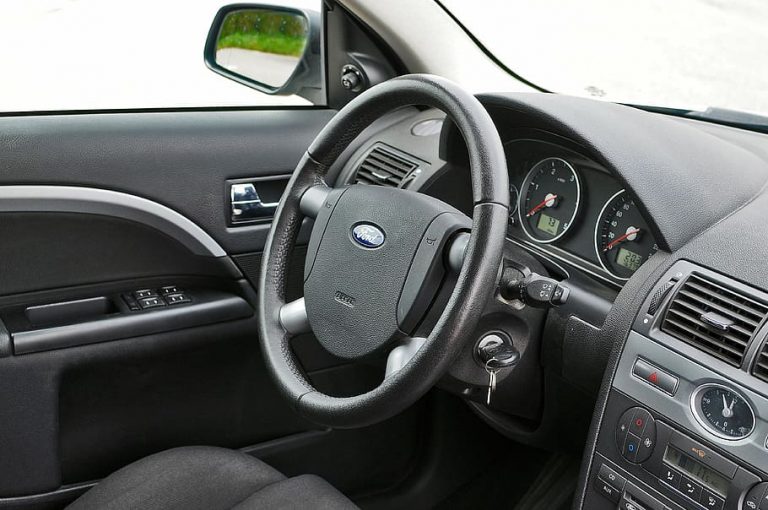
- Check the seats if they’re comfortable. This will help avoid backaches if you’re going for long drives. Also, check if there’s enough legroom. Can you easily reach the brakes? Don’t forget to inspect the upholstery for wear and tear, and test the seat adjustments and seatbelts.
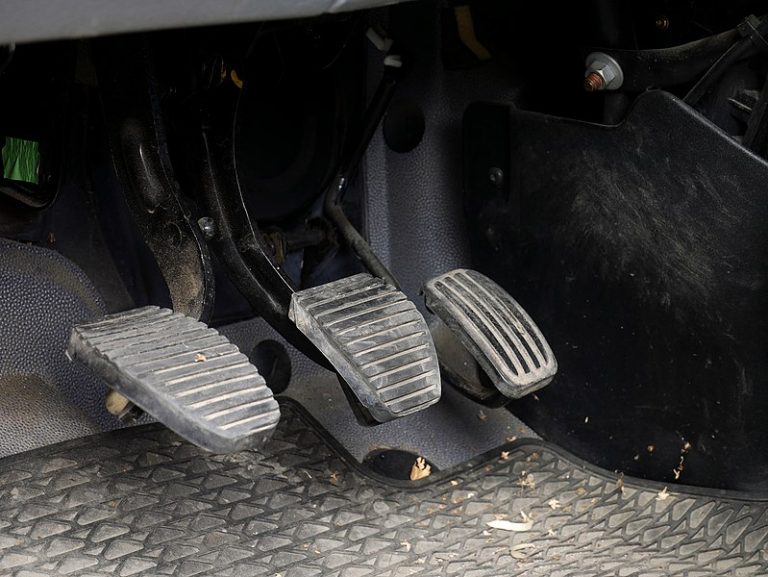
- See if the rubber on the pedals is worn-out. If they are, then the car has been on the road many times.
- Turn the steering wheel left and right, and do it all the way. There should be no strange noises when you do this. The wheel shouldn’t be stiff when turned, too.
2. Do the test drive
Now that you’ve seen that everything’s A-okay, it’s time to take the car for a spin. Like your inspection, the
test drive should be done slowly and carefully to get the most out of it. Keep these points in mind while
you’re behind the wheel:
- Start and stop the engine a couple of times to check if the ignition is smooth.
- Drive with the windows down. This will help you notice suspicious sounds (e.g. tire noises) and if the car blows a lot of smoke. Later on, close all of the windows and turn off the radio so you can listen if the engine makes unusual sounds.

- Drive slowly first then gradually accelerate. Watch how the car behaves when you shift to a higher gear and when it is close to its speed limit. The engine shouldn’t scream when you put the pedal to the metal. Driving up a steep ascent should also be seamless. If the car has strong and dependable acceleration, you’re assured of a well-designed transmission and powerful engine.
- Turn around corners to check if the steering wheel is easy and controllable. There must also be no abnormal noises when you steer, as this is a sign of suspension problems.
- Consider if the car responds well when you do quick maneuvers. Do you need to make small corrections to your driving, or does the car flow well while you’re driving straight? Keep in mind that a car’s reaction to fast steering maneuvers is vital in avoiding accidents.
- Pay attention if the brakes are responsive. Press the pedals softly, and then try to add some force. Braking should be smooth and easy, and not feel like you’re stamping your foot through cement. Moreover, there shouldn’t be any vibration or squealing sound when you brake.
- Keep an eye on the engine’s temperature throughout the test drive. This will help you assess the engine’s overall condition.
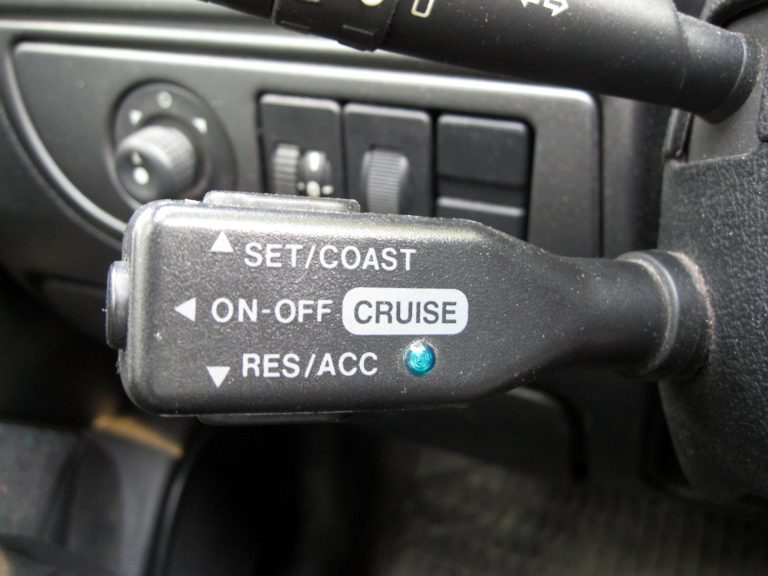
- Check if the car’s cruise control is functional and if it engages without any problems.
- Check for misaligned wheels. Do this by driving to an empty road or open parking lot, then letting go of the steering wheel. If the car pulls to a side, then your wheels are misaligned.
- Observe if there are vibrations while driving and braking. The former is indicative of unbalanced tires, and the latter is a sign of worn-out drum brakes.
- Don’t hesitate to test the car’s roadworthiness in different environments. Run over potholes and humps. Hearing a strange noise when a car hits a bump is a red flag on its suspension. Also, there shouldn’t be any rattling when you drive through cracks and seams. Remember, the ideal car has suspensions that ensure a smooth drive, even if you’re passing through imperfect pavements.
- If possible, do tests drive at night. This way, you can check the headlights and interior lighting. Also, driving after dark lets you see if there are reflections appearing in the windshield.
3. Ask yourself: “Is it the perfect car for me?”
The salesperson will most likely be expecting to shake hands with you and close the deal after the test drive. As we’ve said earlier: take your time. Just sit there, breathe, and gather your thoughts. Then, ask yourself these questions to help you decide if the car is the right one for you:
- Is it the right size for me / my family?
- Is the car powerful enough for my daily routine?
- Does it have responsive brakes and good steering?
- Is the car quiet enough, or can I tolerate its noise?
- Does it have all the functionalities I need?
- Are all its safety features working?
- Does it make me happy?
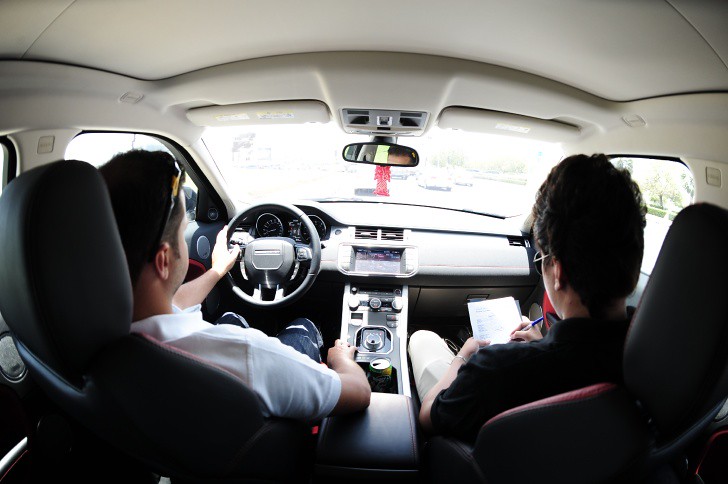
These are some of the tips you can follow when looking for a used car. Undoubtedly, careful inspections and test drives are very important when finding the best car for you. Just follow the practices mentioned in the checklist above. By doing so, you can definitely avoid driving a lemon into your garage.

